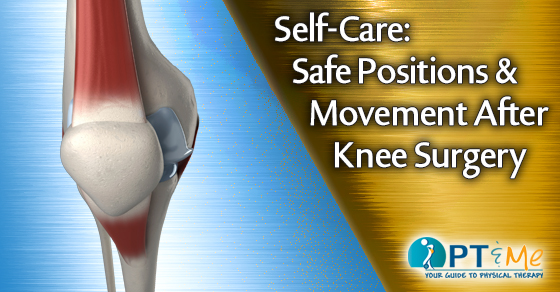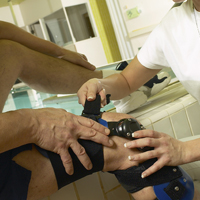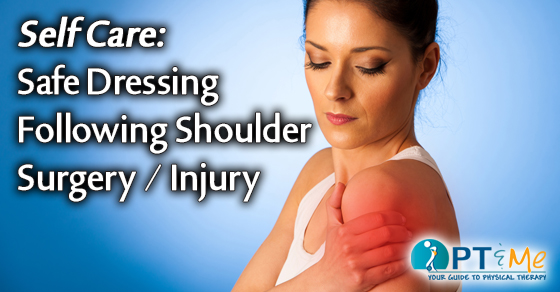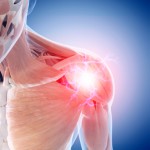
ACTIVITY GUIDELINES
Recovering from knee surgery does not have to prevent you from moving or taking care of yourself. Listed below are guidelines on how to do some common movements and activities without hindering the healing process.
SLEEP & POSITIONING
• It is very important that when recovering from knee surgery you get enough rest following your surgery. If you cannot get comfortable in your bed, please talk to your therapist.
• Sleep on a bed with a firm mattress. Ideally, the bed should come up to your mid-thigh while you stand.
• Sleep flat on your back and position your leg so your toes and kneecaps point at the ceiling.
• Do not place pillows under your operative leg. If you wish to elevate your leg, support the whole leg with pillows while keeping the knee straight.
Sitting Up In Bed:
• If possible, get out of bed toward non-operated side so that the operated leg is supported as much as possible.
From Sitting on the Side of the Bed to Standing with the Walker:
• Straighten the operated leg in front of you before standing.
• Ensure you have good sitting balance with the walker close in front of you.
• Push up from the bed with both hands and keep weight on the non-operative leg.
From Standing to Getting Into Bed:
• Sit down on the edge of the bed; place at least one hand on the bed as you lower yourself. Remember to keep the operated leg further ahead to avoid straining it.
• Enter your bed leading with the operated side if possible.
• Bring your legs onto the bed while lowering your upper body with your hands then elbows.
BATHING/SHOWERING:
You may shower in a bathtub or shower stall only after your doctor has given their permission.
Getting Into the Tub to Take a Shower:
• Have the tub bench or tub chair placed in the direction facing your shower faucets.
• Using your walker, back up to the bench.
• Reach back with one hand to the bench and sit down with your legs outside of the tub.
• Place one leg at a time into the tub.
Getting Out of the Tub:
• While seated on the tub bench/chair turn your body and place your legs one at a time outside of the tub.
• Push up from the tub bench and stand using both hands on the walker.

TOILET TRANSFERS:
When recovering from knee surgery the low surface may cause excessive painful bending at the knee. If this is the case, your therapist may help you with getting a raised toilet seat or a three-in-one commode that can be used over your toilet.
Getting Up and Down From a Toilet:
• Back up to the toilet.
• Reach back for the armrests/raised toilet seat/seat.
• Slide your operated leg slightly forward and lower yourself slowly onto the toilet.
• To stand, use a grab bar or place your hand at the middle of the center bar of the walker.
• Stand up and get your balance before placing both hands on the walker.
DRESSING:
• Put on your top or shirt as you normally would while seated.
• Do not twist the knee too much when dressing or putting on shoes.
• Your therapist may recommend a sock aid, dressing stick, reacher or long-handled shoe horn to help with dressing.
STAIRS:
You should only try to go up or down stairs when your doctor or therapist says it is okay. Do not try to use stairs while using a walker.
• When going up the steps, first step up with your non-operative leg, followed by the operative leg.
• When going down steps, first step down with your operative leg, followed by the non-operative leg.
• Complete only one step at a time and always have help.
CAR TRANSFERS:
While you are recovering from knee surgery you will need someone to help you with getting in and out of the car for both your safety and comfort. The seat would ideally be at the height of your mid thigh. Avoid cars with low or bucket seats.
• Have someone slide the seat back as far as possible prior to entering the car, preferably on the front passenger side.
• Slightly recline the seat back if possible.




